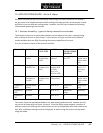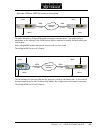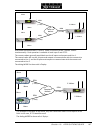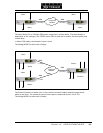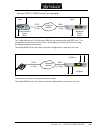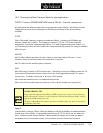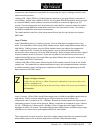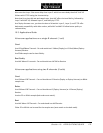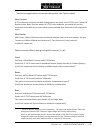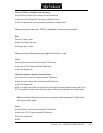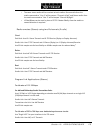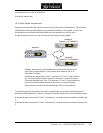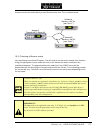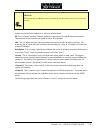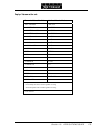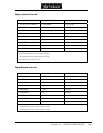
USER’S MANUAL
Section 10: APPLICATIONS GUIDE 173
Voice-over applications communicating with non-Telos codecs
Most Common:
G.722isthemostcommonlyavailablecodingmodeintheworld.UseG.722foryourTransmit&
Receivemodes.Note:SincethequalityofG.722isonlymoderate,youshouldonlyusethis
modewithclientswhodonothaveabetteroptionavailable.OneBchannel(1call)requiredfor
mono.
Mos
t Popular:
MPEGLayer‐2Mono128seemstobethedefactostandardusedinthevoiceIndustry.Setyour
TransmittoL2Mono128andyourReceivetoL2.TwoBchannels(2calls)required.
Use48kHzsamplerate
Radio remotes (Mono) using a single B channel (1 call)
Good:
Fieldunit:L3Dual/MonoTransmitandG.722Receive
Studiounit:G.722TransmitandL3Dual/MonoReceive(ZephyrXstream)orL3Mono(Zephyr)
Use32kHzsamplerateforbestfidelity,or48kHzsamplerateforreduceddelay
5
.
Better:
Fieldunit:AAC‐LDMono64TransmitandG.722Receive
Studiounit:G.722TransmitandAAC‐LDReceive
Thisoptionhaslowround‐tripdelaywithfidelitycomparabletoLayer‐3
5
.
Use32kHzsamplerateforbestfidelityor48kHzforreduceddelay.
Best:
FieldUnit:AACMono64TransmitandG.722Receive.
StudioUnit:G.722TransmitandAAC64Receive
ThisoptionhasbetterfidelitythantheAAC‐LD,butlongerdelay.
Use32kHzsamplerateforbestfidelityor48kH
zforreduceddelay
5
.
5
We know that this statement seems contradictory. The sample rate determines the "frame rate"
through the Xstream's DSP. Therefore, higher sample rates result in reduced delay.
However, the higher sample rate also increases the amount of raw data. This requires a higher
compression ratio to get the data to the target transmission rate. Therefore using the increased
sample rate may cause more audible artifacts, as compared to a lower rate.



